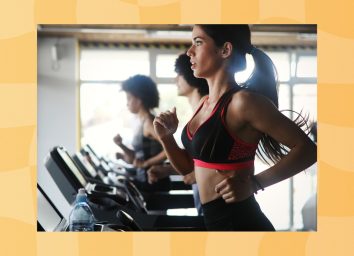I Tested Hoka's #1 Training Shoe for 3 Weeks: Here's My Honest Review
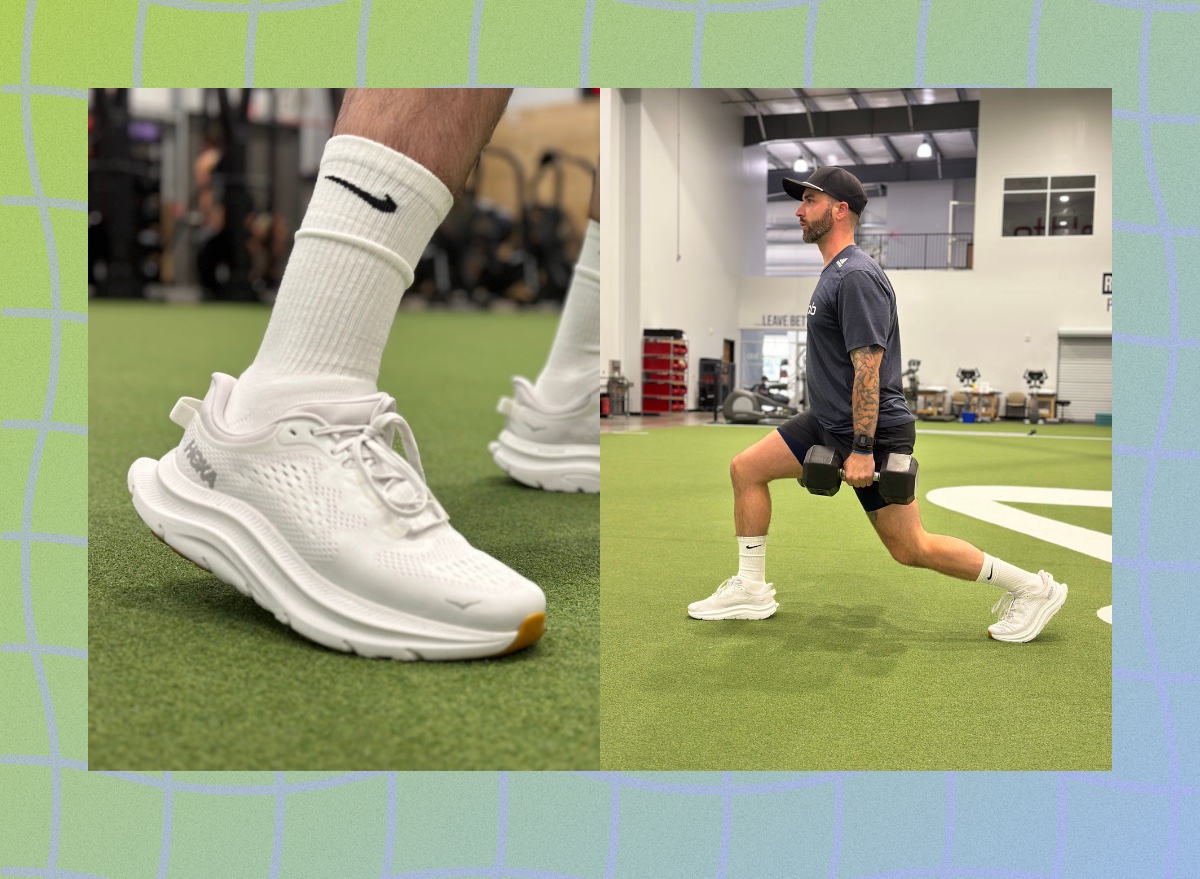
When it comes to athletic footwear, few brands have made as big of a splash as Hoka. Known for their oversized, ultra-cushioned soles and lightweight designs, Hoka has built a reputation for delivering maximum comfort and support—especially among runners and athletes looking for extra protection during high-impact activities. But does the brand live up to the hype? To find out, I tested Hoka's #1 training shoe, the Kawana 2, over the course of three weeks, working out four times per week and using the shoe for daily walks.
In this in-depth review, I'll explain how the Kawana 2 performed in various workouts, including running, cross-training, and everyday wear. From stability and support during high-intensity sessions to durability over time, I'll cover all the key factors that matter when investing in a training shoe.
Spoiler alert: While there's much to like, the shoe's cushioning raised some concerns, especially during more demanding movements. Keep reading to find out if the Kawana 2 is worth your next purchase.
Background on the Kawana 2, Hoka's #1 Training Shoe
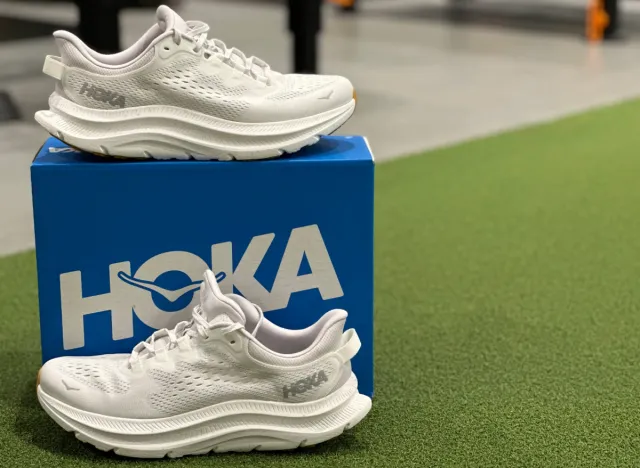
At first glance, the Hoka Kawana 2 stands out for its sleek design and signature oversized sole. While the thick sole might seem bulky, Hoka has managed to balance lightweight materials with a comfortable, cushioned feel. The shoe features a durable, breathable mesh upper and Hoka's early-stage Meta-Rocker technology, designed to improve propulsion during runs.
The Kawana 2 is marketed as a versatile shoe, catering to runners, cross-trainers, and even casual walkers who want a bit more comfort in their everyday wear. It aims to combine stability, support, and cushioning in one sleek package—ideal for both hard workouts and recovery days.
Performance Testing
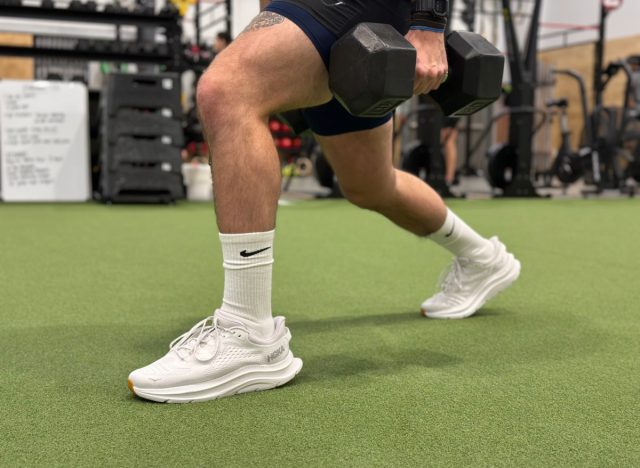
Running Test
I tested the Kawana 2 during different types of runs, and here's how it stacked up:
- Sprints: Despite the generous cushioning, the shoe felt relatively responsive. The Meta-Rocker design helped me transition smoothly through my strides, but the cushioning made it a bit difficult to achieve maximum speed. However, for short to mid-distance sprints, the shoe held up well.
- Long-Distance Runs: The Kawana 2 is in it for the long run. (Pun intended!) The shoe offers fantastic underfoot comfort, especially over longer distances. Whether I was pounding the pavement or tackling some light trails, my feet felt supported the whole way. I particularly appreciated the roomy toe box, which allowed my feet to move naturally without any pinching or discomfort.
- Trail Runs: While not specifically designed as a trail shoe, the Kawana 2 performed decently on light trails. The cushioning helped absorb impact from uneven terrain, though it lacked the rugged traction you'd want for more technical trails.
Cross-Training Test
I wore the Kawana 2 during various cross-training activities, including weight lifting and high-intensity interval training (HIIT). Here's what I found:
- Weight Lifting: The shoe's cushioning is great for protecting the joints during high-impact exercises, but it's a bit too soft for heavy lifts. Compared to shoes with a flatter, more rigid sole, I didn't feel as stable during squats and deadlifts, along with a few other weight-room typical movements such as lunges. However, for lighter lifts and circuit training, the shoe felt stable and supportive.
- HIIT Workouts: While the Kawana 2 offered decent impact absorption during my high-intensity interval training, the cushioning felt a bit too soft for certain movements. During exercises like lateral shuffles and burpees, the midfoot and heel support felt somewhat unstable, making quick changes in direction less controlled than I'd prefer. Although the cushioning provided comfort during repeated jumps and sprints, it came at the cost of stability, especially in high-impact plyometric exercises where firm, responsive support is crucial.
Durability
After testing the shoe under various conditions, I'm happy to report that the Kawana 2 shows no signs of wear and tear. The mesh upper held up well, and the sole's cushioning didn't flatten out, which is a common issue in highly cushioned shoes.
After weeks of use, the shoe still feels almost as good as new, making it a solid choice for anyone looking for long-lasting performance.
Support and Stability
The Kawana 2 delivers in terms of support, with a few exceptions. Whether I was running, jumping, or lifting, the shoe provided a stable base. The heel cup kept my feet locked, while the cushioned sole absorbed impact without feeling too squishy. The only downside is that during heavy weightlifting, there are changes of direction, higher speed sprints, and a few plyometric movements where the soft cushioning can feel unstable under heavy loads.
Pros and Cons
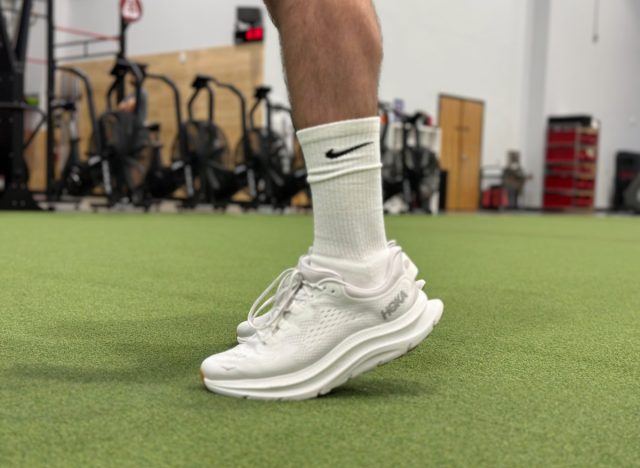
Pros:
- Comfort: The cushioning is top-notch, providing plush comfort for both runs and cross-training workouts.
- Versatility: The Kawana 2 performs well across a variety of activities, making it a great all-around training shoe.
- Durability: The materials hold up well even after extended use.
- Breathability: The mesh upper is breathable, keeping your feet cool during intense workouts.
Cons:
- Price: It's not the most budget-friendly shoe, though its versatility justifies the cost for some.
- Weight: It's not the lightest shoe out there, which might be a drawback for speed-focused athletes.
- Lack of Traction: The shoe could benefit from more aggressive traction for trail runs or off-road training.
Final Verdict / Conclusion
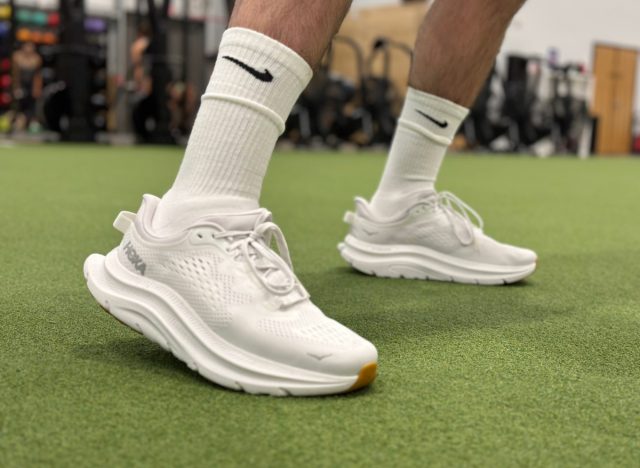
Overall, the Hoka Kawana 2 aims to be a versatile training shoe, but its strengths lean more toward comfort than performance. While it handles running and casual walking well, it struggles to provide the necessary stability and responsiveness for more intense cross-training or weightlifting sessions.
If you're looking for a shoe primarily for running or lower-impact workouts, the Kawana 2 could be a solid option. However, for those who need a shoe that can transition seamlessly between running and high-intensity, dynamic training, it falls short of being the all-around solution it's marketed as.
Who Should Buy It
I'd recommend the Kawana 2 for runners who prioritize cushioning and comfort over speed, but the shoe falls short of expectations regarding cross-training. It feels more like a running shoe trying to be a versatile training shoe, but for me, it struggled to fully deliver during higher-intensity workouts with varied movements.
While the Kawana 2 handles moderate or low-intensity sessions and daily walks just fine, those looking for a shoe that can confidently support more demanding workouts may find it lacking in stability and responsiveness. If your routine involves mostly running or lighter training, the Kawana 2 could work, but it wouldn't be my first choice for intense, dynamic workouts.
Overall Rating: 8.5/10
The Hoka Kawana 2 excels in comfort, versatility, and durability but loses some points for price and its slightly heavy design compared to other sneaker models. If you're looking for a do-it-all shoe, this one should definitely be on your radar.




